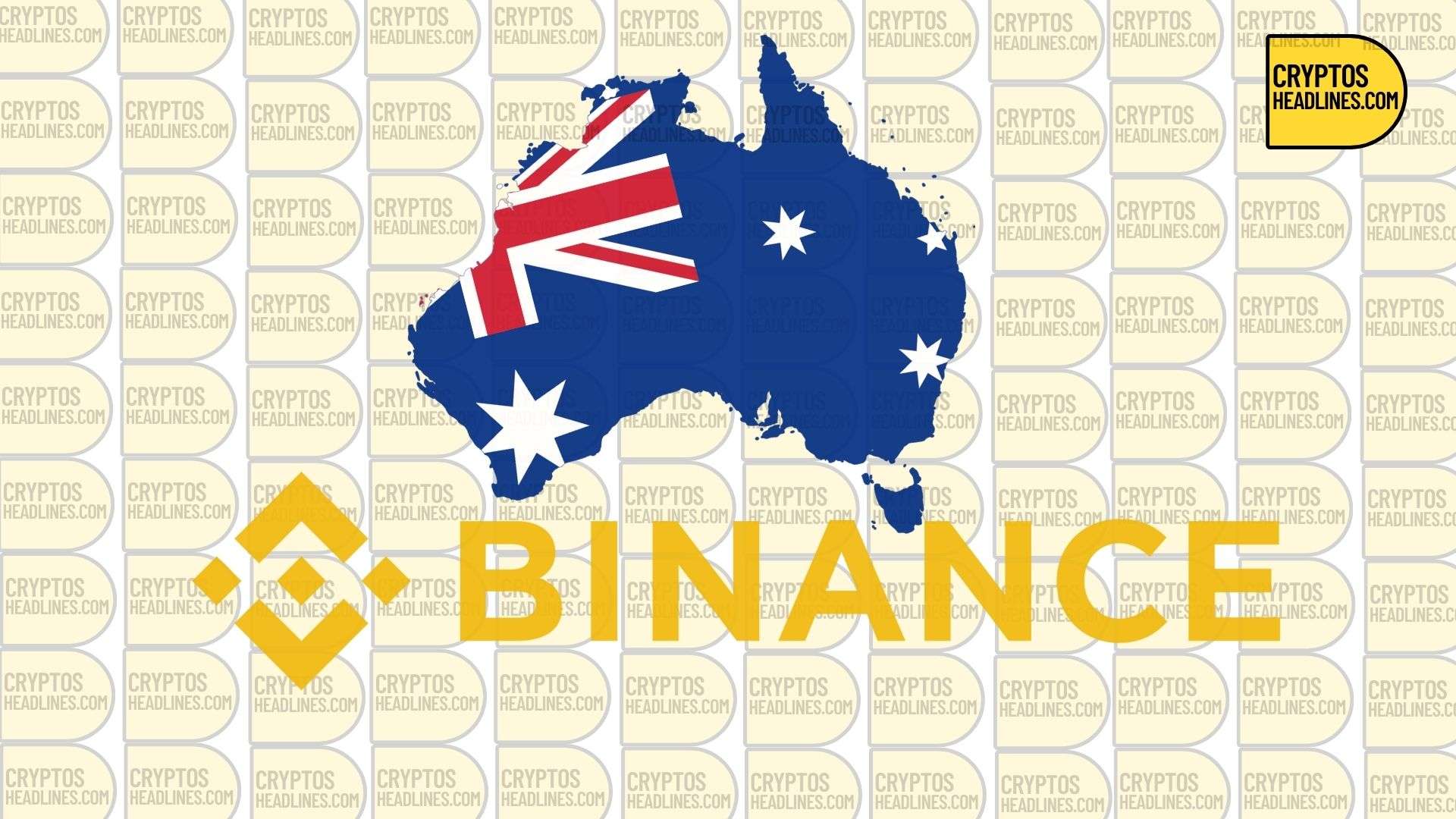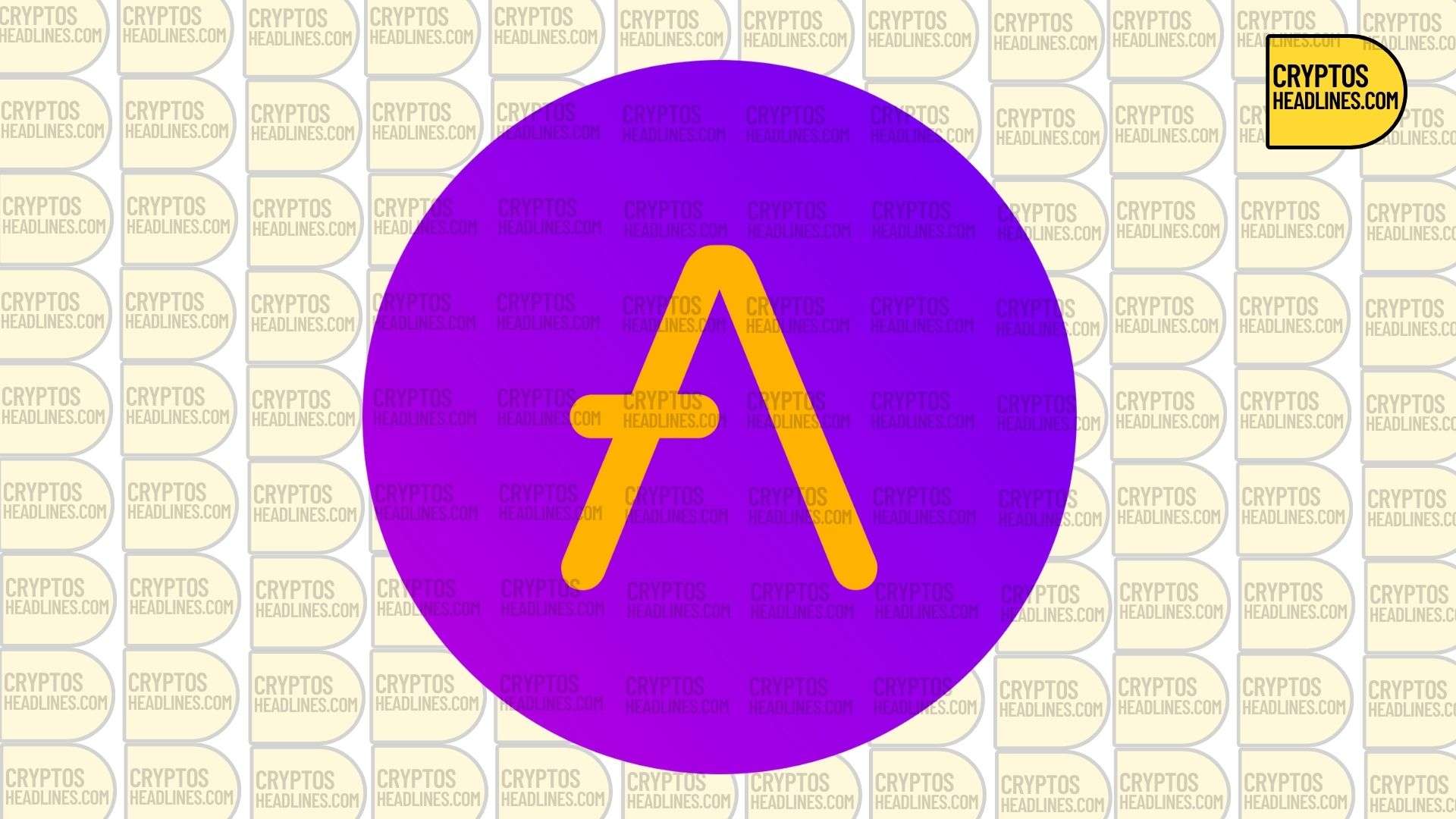Binance has shared news about discontinuing trading for several AUD spot trading pairs. However, users can still trade these assets using other available trading pairs.
Binance has recently announced that they will no longer support or allow trading for several Australian Dollar (AUD) spot trading pairs. The affected pairs are APE/AUD, AVAX/AUD, AXS/AUD, DOT/AUD, FTM/AUD, LINK/AUD, SAND/AUD, and SHIB/AUD. However, it’s worth mentioning that less than 1% of Binance users actually trade in AUD pairs.
At 2023-05-26 05:00 (UTC), Binance will remove and cease trading on a number of AUD spot trading pairs. This includes APE/AUD, AVAX/AUD, AXS/AUD, DOT/AUD, FTM/AUD, LINK/AUD, SAND/AUD, SHIB/AUD. Less than 1% of our users trade AUD pairs. All users can still trade these assets on…
— Binance Australia (@Binance_AUS) May 24, 2023
Binance has made the decision to remove and stop trading certain AUD trading pairs as part of their routine review process. They consider various factors like trading volume and liquidity. Recently, issues with PayID AUD deposits for Binance users caused price fluctuations in some AUD pairs. To safeguard users and maintain a stable trading environment, Binance has chosen to delist these specific pairs.
Binance understands the significance of providing a strong and secure trading platform for its users. To address the price fluctuations resulting from issues with PayID AUD deposits, Binance has decided to remove the AUD trading pairs. This action aims to protect traders’ interests and ensure a dependable trading experience for all users.
Also Read This Related: Binance Australia Under Scrutiny for Crypto Scams and Frauds.
It’s important to mention that although the AUD pairs mentioned will be removed from Binance, users will still have the opportunity to trade these assets using other available trading pairs. The delisting only applies to the specific AUD trading pairs mentioned earlier, and users will still have access to a variety of alternative trading options for these assets.
Binance Removes AUD Trading Pairs to Ensure User Safety:
Binance always strives to provide the best trading experience for its users and regularly evaluates the performance and liquidity of all trading pairs on its platform. The decision to remove specific AUD pairs is based on a thorough assessment of market conditions, trading volume, and user preferences.
As the crypto market develops and grows, exchanges like Binance need to adjust and make decisions that prioritize user safety and uphold a stable trading environment. The removal of the mentioned AUD trading pairs demonstrates Binance’s commitment to providing a secure and dependable platform. It also aims to address recent issues that have affected the Australian Dollar market.
As the crypto market develops and grows, exchanges like Binance need to adjust and make decisions that prioritize user safety and uphold a stable trading environment. The removal of the mentioned AUD trading pairs demonstrates Binance’s commitment to providing a secure and dependable platform. It also aims to address recent issues that have affected the Australian Dollar market.
Binance made the choice to remove and stop trading on various AUD trading pairs to safeguard users from the effects of recent disruptions in PayID AUD deposits and the resulting price fluctuations. Since less than 1% of Binance users actively trade these pairs, the impact on the overall user base is expected to be minimal. Binance remains dedicated to delivering a secure and efficient trading experience for all users and will continually assess and improve its trading pairs to meet the evolving demands of the crypto market.
Important: This article is intended solely for informational purposes. It should not be considered or relied upon as legal, tax, investment, financial, or any other form of advice.












